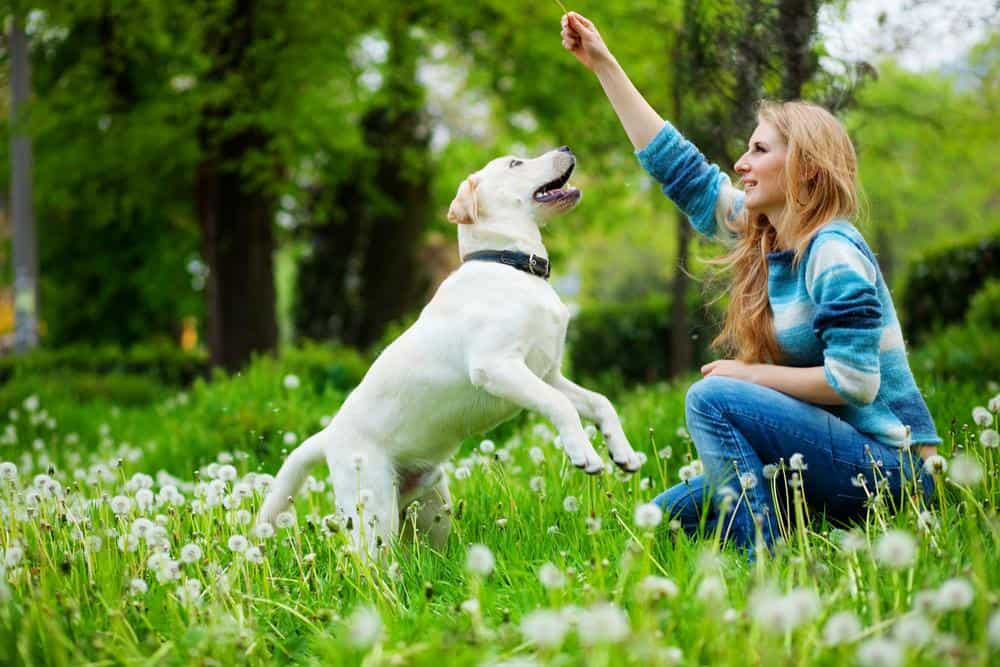Puppies win over our hearts in an instant. You never doubt the love you have for a puppy, and the affection is bound to grow. While raising puppies is adorable, the task can be quite daunting. Remember that you need to train them good behavior from the onset. Correcting lousy behavior is challenging, if not impossible. Thankfully, puppies learn commands and obedience quickly. Here is what you need to do to get through the developmental stages of your four-legged friend.
1. Introduce Them To The Environment
Once the puppy is all settled in, you should expose them to new and varying stimuli. You can follow a puppy socialization catalog, which you may source from a reputable dog trainer. The list includes people of all sizes, shapes, and ages. It should also list some noises and objects that the puppy might encounter in your household, like the dishwasher and vacuum cleaner. Don’t forget to include external noises like that of motorbikes, running kids, and different surfaces. If your furry friend is uncomfortable, stop training and make the sounds less intense.
2. Train Them To Use a Crate
Puppies get excited quickly, which means that providing a safe environment for your pet to calm down is paramount. Introducing a crate to your furry friend is not a punishment but rather an excellent way to keep them safe. Crates also train puppies to hold their poop or pee until it’s time to go potty. Invest in an appropriately sized box so that the puppy does not pee on one side and sleep on the other. It should be sizable enough for them to stand up, lie down and turn around comfortably.
3. Follow The Right Potty Training Procedure
Your pet should be potty trained earliest possible for easy maintenance and care. Consider putting the puppy on a potty training program that requires you to use a crate, potty, and play with them afterwards. Start by taking the pet outside directly from the dog house and ignore it until it goes potty. Follow the action with praises and a reward. You can now play with the puppy before placing it inside the crate again. That way, you won’t allow the puppy to pee or poop inside the house. The process doesn’t take long, but you have to do it correctly.
4. Take Note Of Their Chewing Trends
Puppies love chewing, especially when they start teething. Since chewing helps them relieve stress, make sure you have several appropriate options around the house. Have a collection of safe-to-chew items ranging from soft to moderate and tough. Avoid engaging in biting play because your pet will not understand the difference. Also, avoid leaving items that you don’t want your puppy to chew on in the open. Consider getting an enclosed exercise pen and put all the chewing items inside.
5. Help Them Socialize with Other Dogs
Your puppy’s exchange with other dogs is a crucial part of raising your pet. A good starting point is to attend training classes so that your puppy can meet other dogs. That will help instill good behavior and socialization skills. Avoid taking your puppy outside until you train it to socialize with other dogs. Otherwise, it might be violent. You can also opt for certified dog trainers that don’t use intimidation or fear in their training.
Now that you have completed the paperwork, it’s time to bring your furry friend home. You are about to take up a huge responsibility, but the rewards are worth the effort. The five tips will help you get through the crucial phase.

